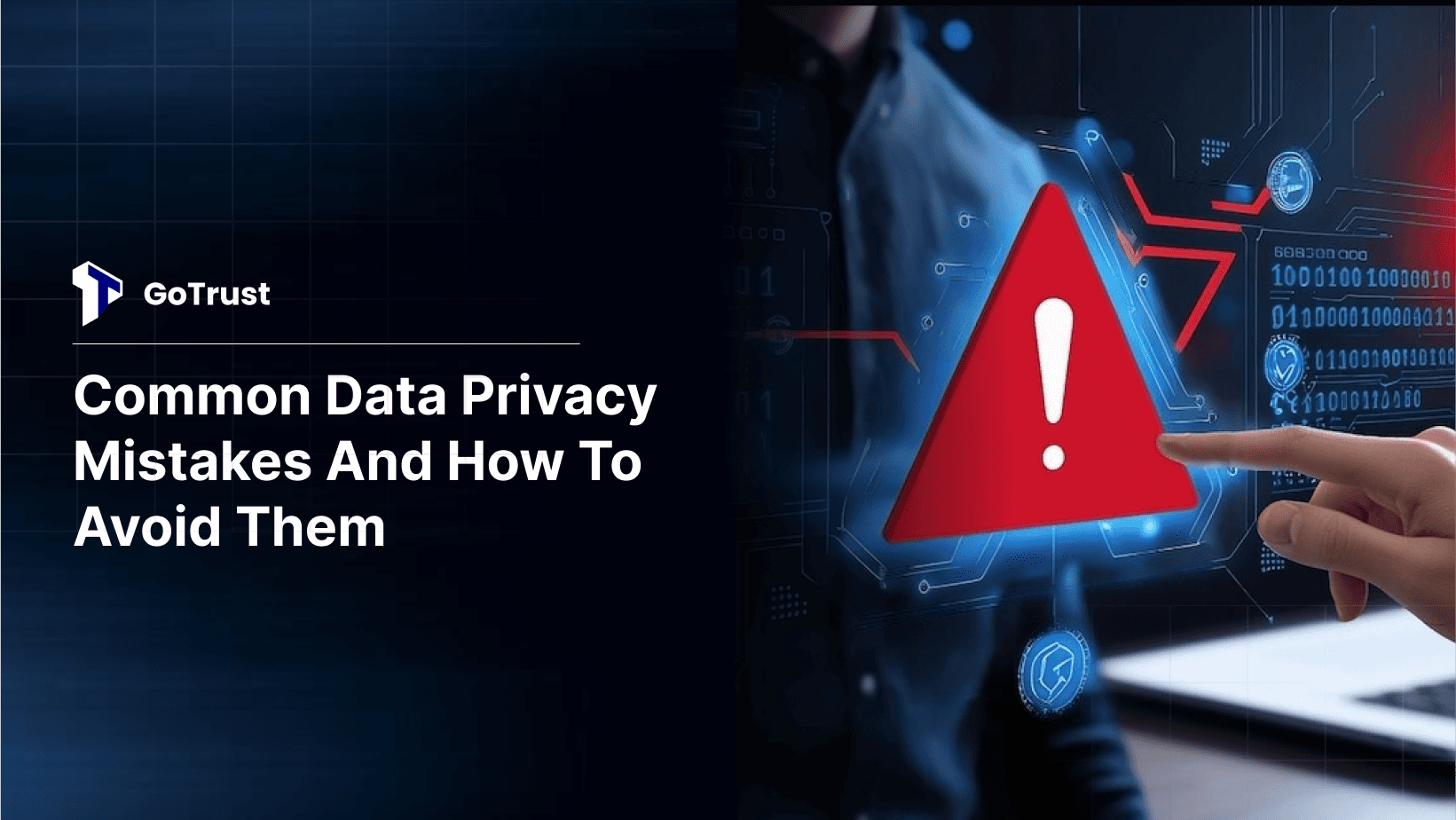Sep 30, 2024
Article by
In the year 2023, various legislations issued several fines to different companies for selecting and applying inappropriate legal bases for data processing and failing to maintain data privacy compliance. One common error was failing to perform the required necessity test to ensure that the personal data processed was necessary for a specific activity before relying on legal grounds such as contract performance or legitimate interest. To prevent this, organizations must carefully assess their data processing activities, select the most appropriate legal basis, and document their reasons for doing so when relying on any legitimate interest. Additionally, organizations should conduct a legitimate interest assessment for compliance.
Identification of Common Mistakes Committed
Adequate Record of Processing Activities (RoPA)
A common compliance gap identified by regulators, such as the DPC, is the failure to maintain a comprehensive Record of Processing Activities (RoPA) as mandated by the GDPR. Many organizations were found with incomplete or outdated RoPAs, resulting in enforcement actions. To mitigate this risk, organizations should implement a robust data mapping exercise, engaging all relevant business units. The RoPA must be granular, up-to-date, and accessible, ensuring it can be provided within the GDPR-specified 10-day window upon request by supervisory authorities like the DPC.
Lack of prioritization of privacy training
One of the most prevalent compliance failures is the lack of focus on privacy training. Effective training is critical to ensuring employees understand their responsibilities under the GDPR and other privacy frameworks. Without it, the risk of human error—such as improper data handling or unauthorized disclosure—escalates, potentially leading to breaches and regulatory penalties. To reduce this risk, organizations must implement ongoing, role-specific training for all staff, including contractors and new hires, ensuring adherence to compliant data processing practices across the board.
Generic Privacy framework
Many organizations mistakenly believe that using generic privacy templates will ensure compliance with GDPR or similar laws. However, this “one-size-fits-all” approach is flawed because different business units handle personal data uniquely, requiring specific technical and organizational safeguards. True compliance demands a customized approach that considers the unique characteristics of each organization's data processing activities. By implementing data protection by design and by default, organizations can align their privacy frameworks with their operations. This also necessitates upgrading their privacy compliance tools to address these tailored needs effectively
Navigating Global Privacy Laws
Some organizations mistakenly assume that data privacy compliance with one legislation would suffice for all other existing laws. While the GDPR set the foundation for global privacy regulations in 2018, it is no longer the only framework organizations must consider. Newer regulations like the Digital Services Act, the PDPL, the AI Act, and the DPDPA also play significant roles. Organizations must be aware of their structure and operational locations to assess which specific privacy laws apply to them and ensure comprehensive compliance with all relevant regulations.
Conclusion
To ensure compliance with data protection regulations, companies must take a tailored approach to data processing. This includes selecting the appropriate lawful basis, maintaining accurate and up-to-date Records of Processing Activity (RoPA), prioritizing ongoing privacy training, and avoiding the use of generic templates for privacy frameworks. A bonus step would be to comprehensively upgrade the company’s privacy compliance software. Additionally, organizations must recognize that compliance with one regulation does not guarantee compliance with others, as privacy laws vary across jurisdictions. By addressing these common pitfalls, organizations can reduce the risk of non-compliance, penalties, and data breaches while maintaining a strong, adaptable data protection framework.
With every organization in deep anticipation of the introduction of the DDPD Rules, GoTrust will be at the forefront to provide cutting-edge data privacy software to strategize your company’s privacy compliance. With GoTrust, stay ahead in privacy compliance with comprehensive data privacy management, consent management, compliance reporting, auditing, and much more with any and all legislations.
FAQs:
Q1: What is a common mistake organizations make when selecting a legal basis for data processing?
(a) Organizations often fail to perform the necessary test to ensure that personal data processing is required for a specific activity before relying on legal grounds such as contract performance or legitimate interest. To avoid this, organizations should conduct a legitimate interest assessment and document the reasons for selecting a particular legal basis.
Q2: Why is maintaining a Record of Processing Activities (RoPA) important for GDPR compliance?
(a) RoPA is a requirement under the GDPR, and failing to maintain an accurate and thorough RoPA can result in penalties. Organizations should conduct detailed data mapping to ensure all personal data is recorded properly and that their RoPA is readily available, especially when requested by the Data Protection Commission (DPC) within a 10-day notice period.
Q3: How can organizations mitigate the risk of human error in data privacy compliance?
(a) The lack of privacy training is a frequent cause of human errors like mishandling personal data. Organizations should provide ongoing, role-specific training to all employees, including contractors and new hires, to ensure they are aware of their GDPR, DPDPA, CCPA and privacy law obligations and the importance of compliant data processing.
Q4: Why is it risky for organizations to rely on generic privacy templates for compliance?
(a) Using generic privacy templates can be risky because different business units process personal data in unique ways, requiring tailored technical and organizational measures. A "one-size-fits-all" approach may not align with an organization's specific data processing activities. Organizations should implement data protection by design and by default and regularly upgrade their privacy compliance software for better alignment.


